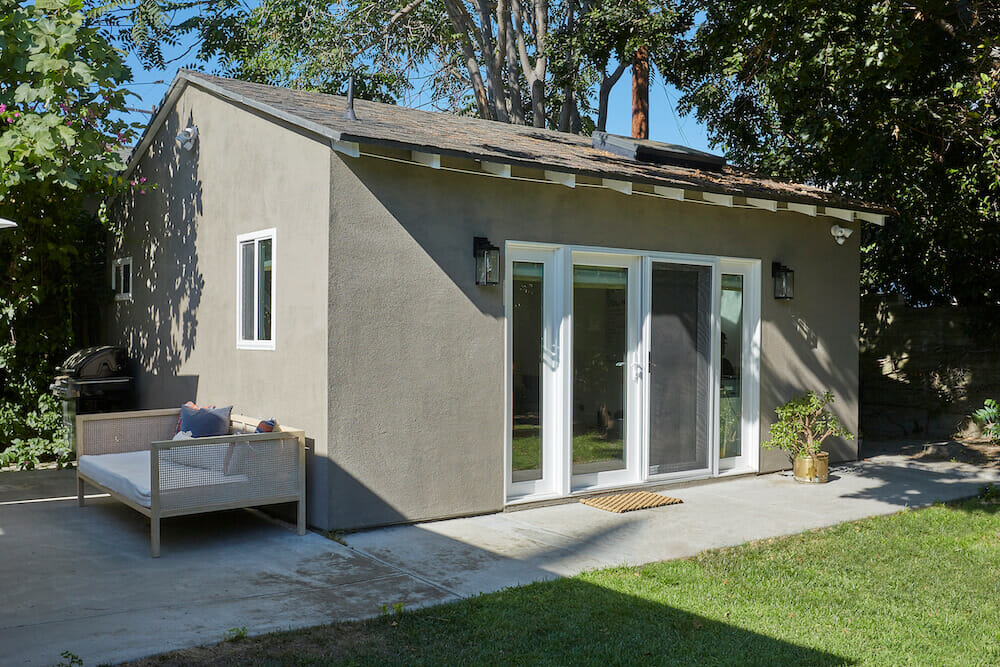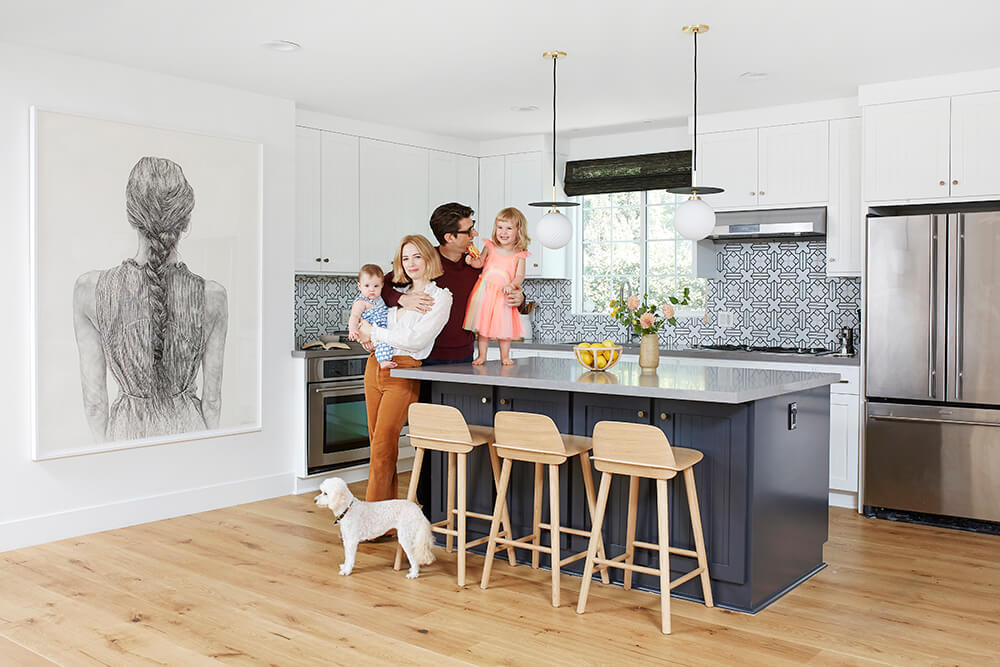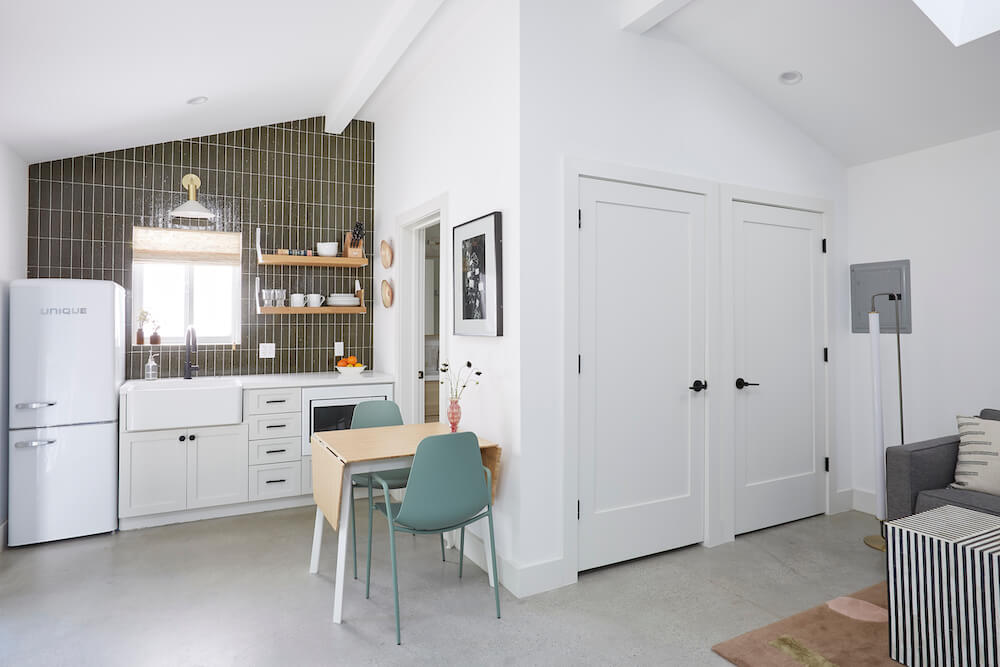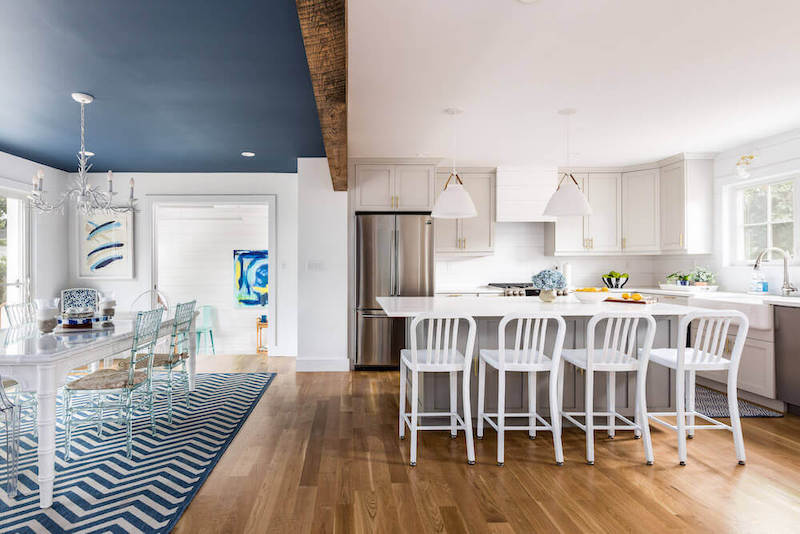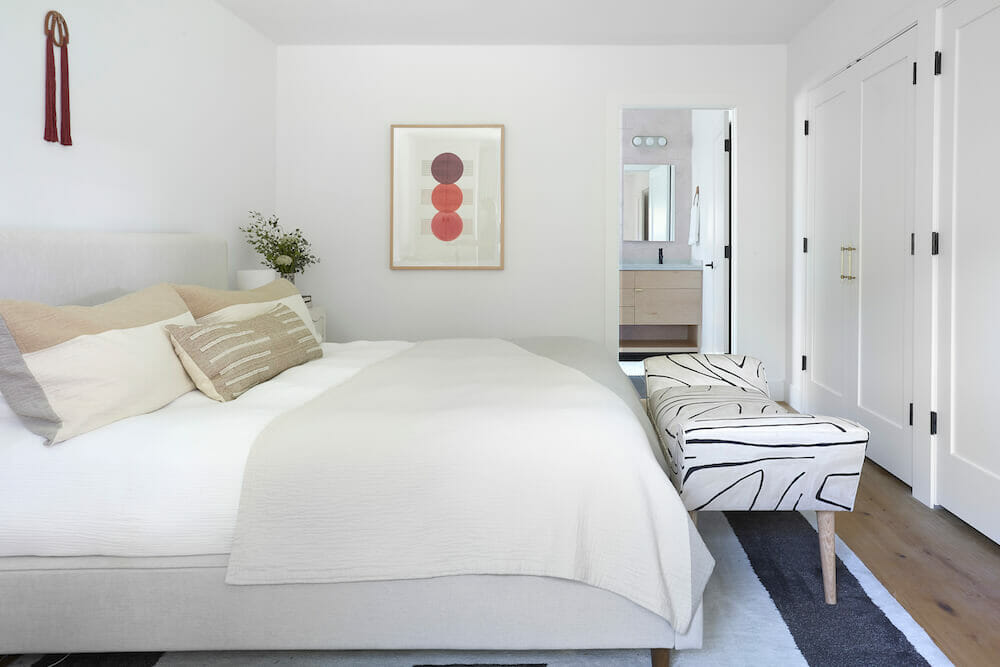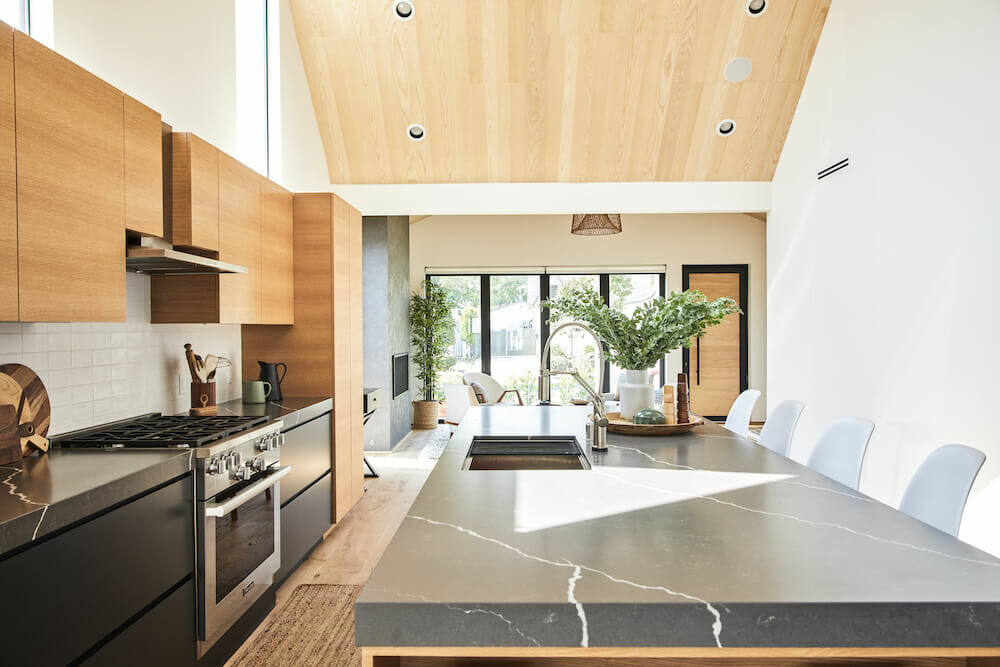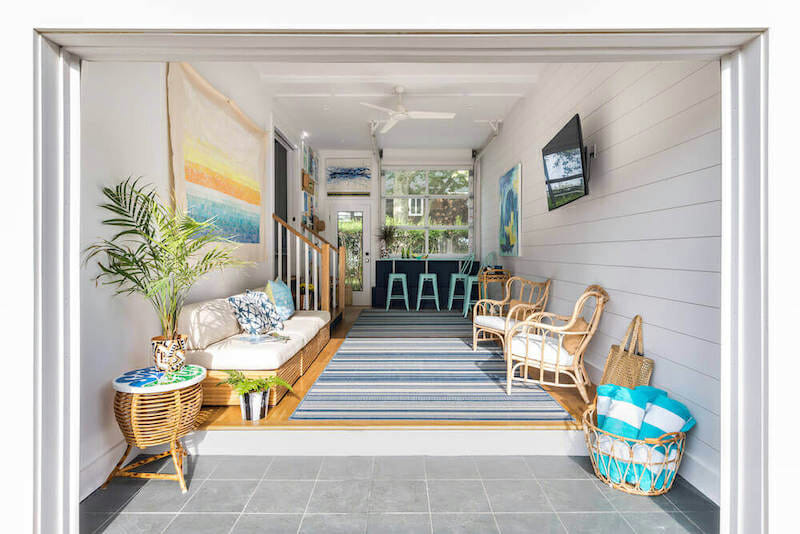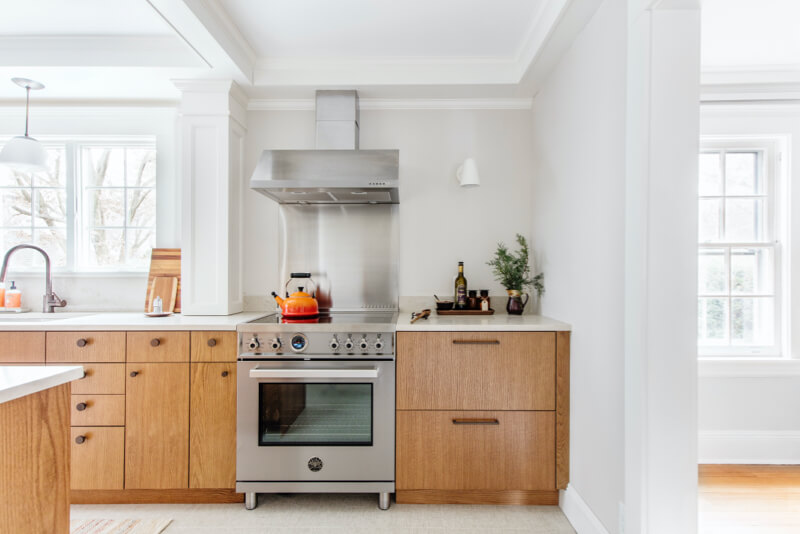What Is A JADU And Should You Consider One?
Junior accessory dwelling unit (JADU) vs. ADU: What’s the difference? Should you have one…or both?
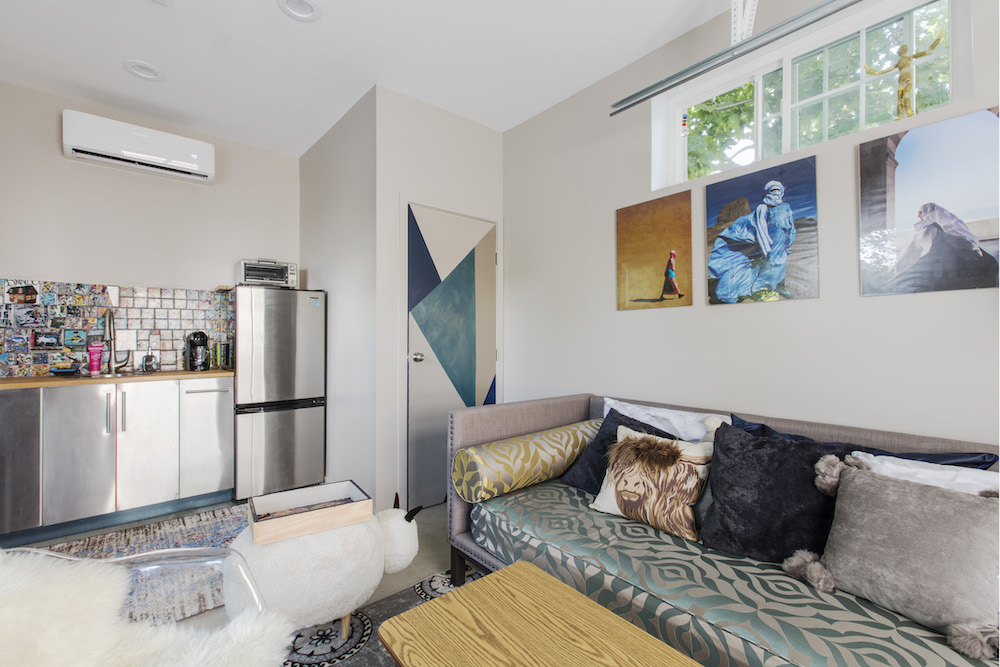
ADUs, or accessory dwelling units, have been an ad-hoc housing option forever. They are also known as granny flats, laneway homes, and carriage houses. Accessory dwelling units typically solve one or two challenges for homeowners: money and family.
An ADU can help a family member, such as a senior parent or a young adult, with a decent place to live. The structure is not subject to the normal rental market of a senior-care facility or living with multiple roommates.
Additionally, the budgetary bump from rental income could make living in certain properties affordable. An ADU can also be an asset at the time of resale if the unit is code-approved and permitted. Now, the JADU, or junior accessory dwelling unit, can be a consideration. Here, we break down what you need to know about JADUs.
What is a JADU?
According to California’s legislation, a JADU is officially designated as a separate dwelling unit of up to 500 square feet. It must have a separate entrance, distinct from the main home. An ADU, in comparison, can be up to 1500 square feet in some locales. Read about building an ADU in Chicago here.
Junior accessory dwelling units as affordable housing
In recent years, JADUs have become more recognized and acknowledged as a benefit in places with expensive housing. They’re now built using formalized processes for their construction. In the past, it would have been a garage makeover, for example. In another trend toward affordable housing options, California has recognized the JADU.
Occupancy requirements are defined specifically in the local building code. JADUs cannot be used for short-term rentals—fewer than 30 days—and one of the units must be owner-occupied. The only exception is if the owner is “a governmental agency, land trust, or housing organization.”
Renovate expertly with Sweeten
Sweeten brings homeowners an exceptional renovation experience by personally matching trusted general contractors to your project, while offering expert guidance and support—at no cost to you.
Where can a JADU be built?
A JADU must be located within the walls of a proposed or existing space. You cannot put up a small shed and call it a JADU. In fact, you cannot build any new space for the JADU. The JADU can be located within a converted garage, but that will trigger a parking requirement, meaning you will have to replace any converted parking spaces on a 1:1 basis. Just adding a JADU to your existing home, however, does not trigger a parking requirement, so that’s good news.
Beyond that, the details can change in each municipality. If you’re interested in a JADU project, you’ll need to think hyper-local to ensure that you meet the requirements for permitting. Yes, that means you’ll need to meet the state code at a minimum, and then comply with the local ordinances that apply. You’ll go through a specific permitting process for this project, so an experienced professional would be an invaluable resource.
JADU requirements and features
One surprising bonus that makes everything easier is that the JADU may share the bathroom with the main house. Considering that plumbing and sanitation modifications are among the most complex and expensive projects, this is welcome!
Kitchen space requirements are fairly reasonable. California code may be further restricted by local ordinance. A basic kitchenette is required, which will include something for cooking, a refrigerator, and a sink.
Of all the requirements, the separate entrance could be tricky based on the structure and framing of the main home. In addition, getting plumbing pipes and drain pipes to the JADU space will often be the most challenging part of the whole project. But that’s where professionals shine.
Current limitations for JADUs
Some municipalities do not allow 220-volt appliances in the kitchenette, for example, so you cannot install a standard range. It appears that some municipalities don’t allow full-size refrigerators, either. In this case, the JADU will be more like a rec room than a true independent apartment, especially if the occupants share the main bathroom. There are many instances where this will not be a problem, such as for tenants who travel and use the JADU as an infrequent home base, or for a college student. A stereotypical “granny flat” may work perfectly as well for a single senior who eats dinner with you often anyway.
And considering that the minimum requirements for a JADU are so low, with just a separate entrance and a kitchenette, this option has the potential to be a fast and simple solution to needing more space.
It could feel restrictive, however, when it’s time to rent the space to someone else who may want a more complete kitchen and/or a dedicated bathroom. Many people will undoubtedly feel the JADU is a compromise but at least it’s now an option.
Local ordinances for JADU: A work in progress
Another relevant benefit: you can have both an ADU and a JADU! Yes, you can technically have a sort of triplex on your property. That will certainly boost affordability! From a legal standpoint, a properly permitted JADU does require a deed restriction, which means it’s a legal part of your home property and cannot be sold separately.
If you’re interested in this path, remember that the JADU is not simply a smaller ADU. Some requirements differ and you’ll have to nail them all to get approval. An ADU will have to have a separate bathroom, may or may not need a separate entrance, and may not have a parking requirement. There are some details to sort out, clearly. Requirements such as the separate entrance and separate bathrooms, not to mention the parking requirements, demand attention case by case.
California’s legislation, for example, was finalized in late 2021 and some language is still being interpreted. Yes, that does mean that people can come to different conclusions about some of the language in the legislation as they work through the process month after month. Also, local ordinances will continue to crop up and result in a change in requirements and/or process.
This is fine-tuning, though, on legislation that is now law, so you can proceed on a new project that helps you get the space you need! In addition to keeping good vibes with building officials, working with a skilled contractor will pay off hugely on a project like this.
When you’re ready to get started on your kitchen or home remodel, work with Sweeten to renovate with the best contractors.
—
Sweeten handpicks the best general contractors to match each project’s location, budget, scope, and style. Follow the blog, Sweeten Stories, for renovation ideas and inspiration and when you’re ready to renovate, start your renovation with Sweeten.
